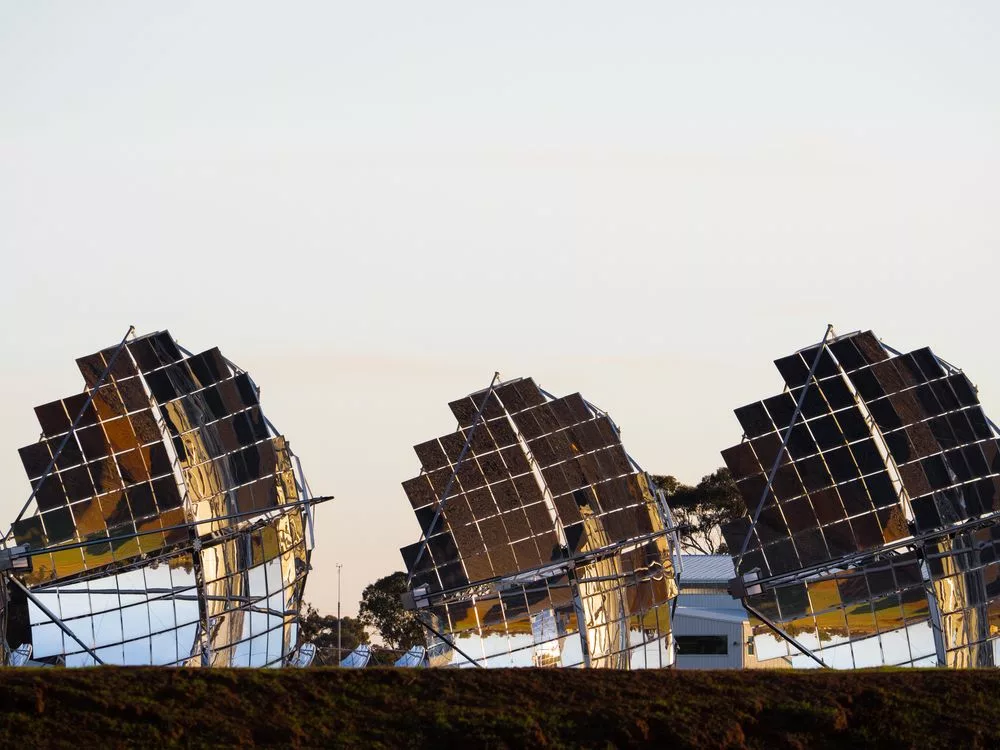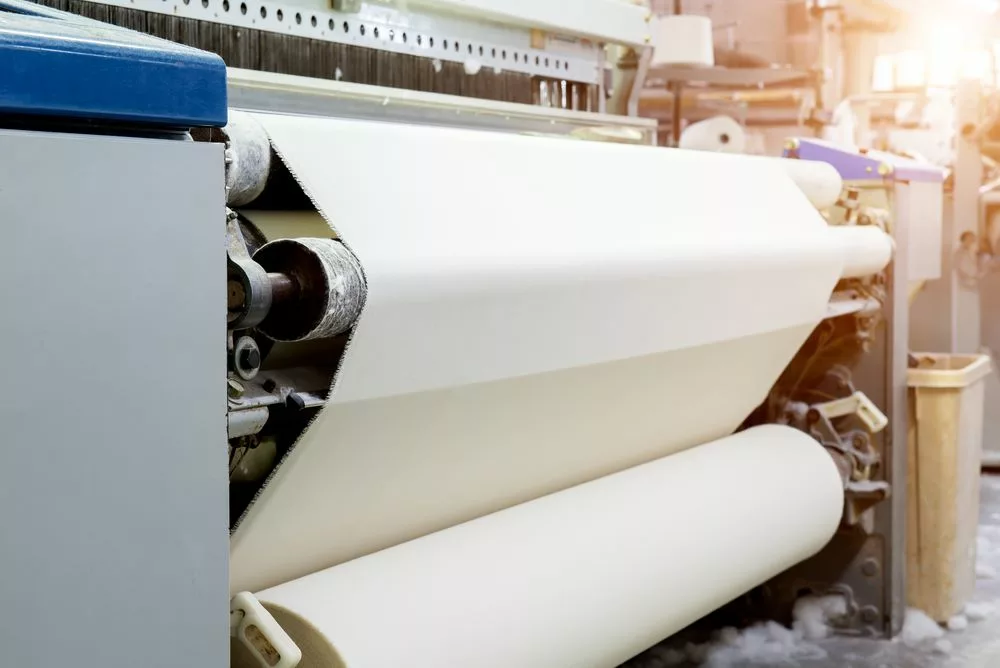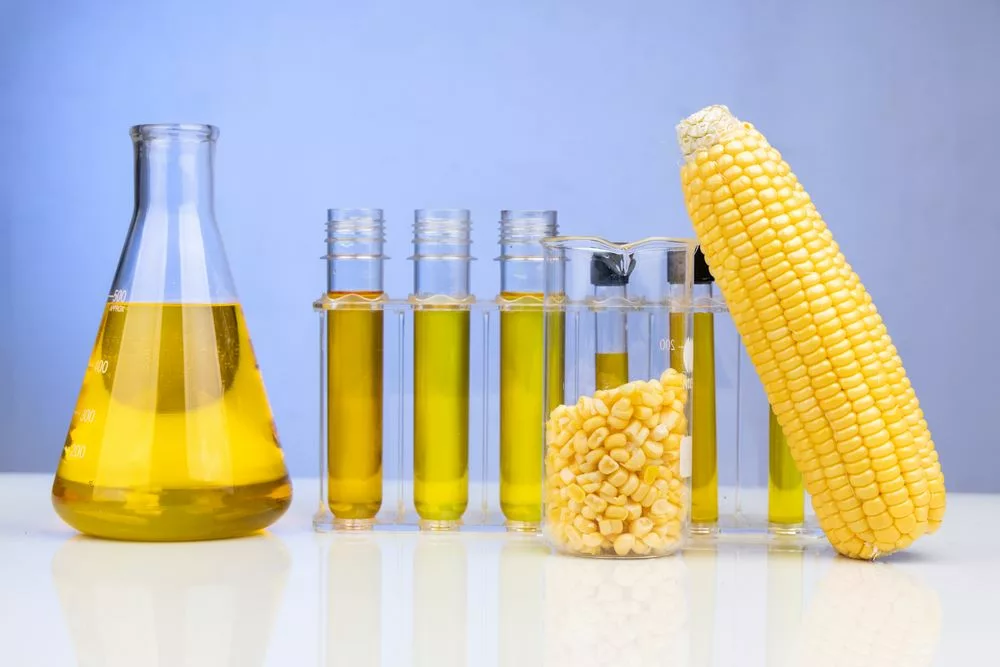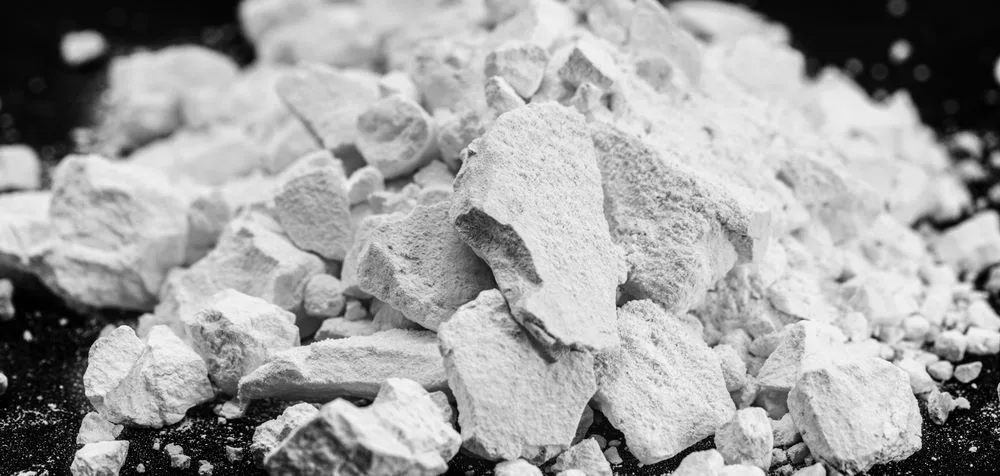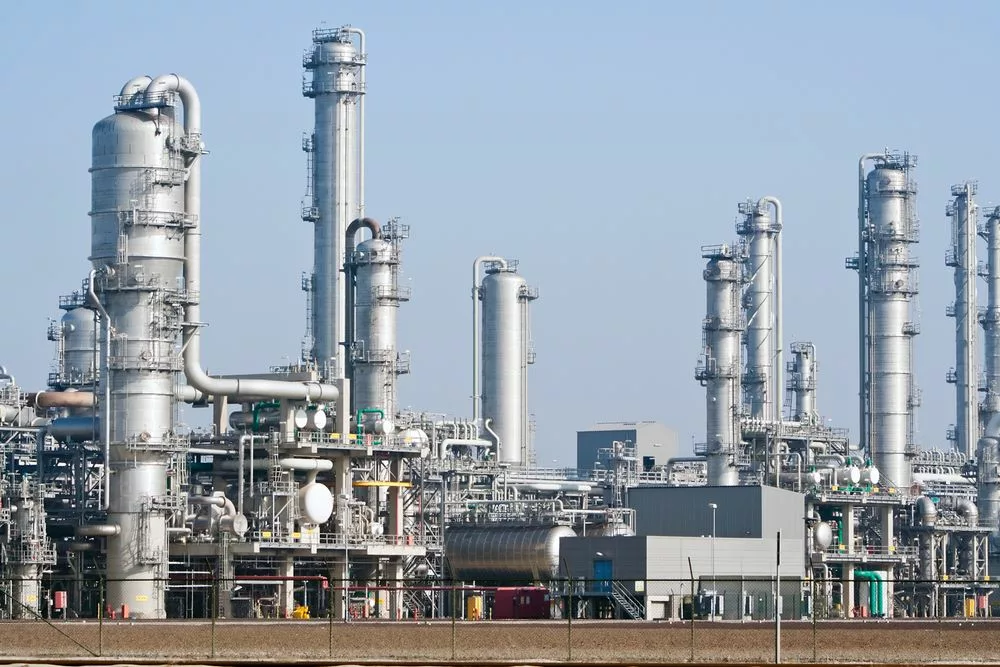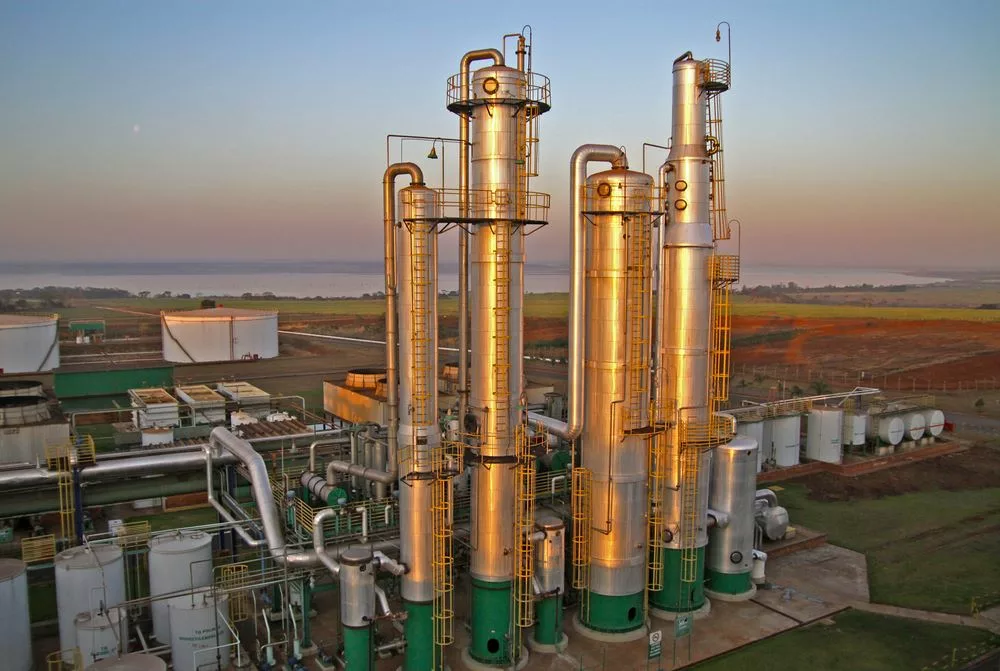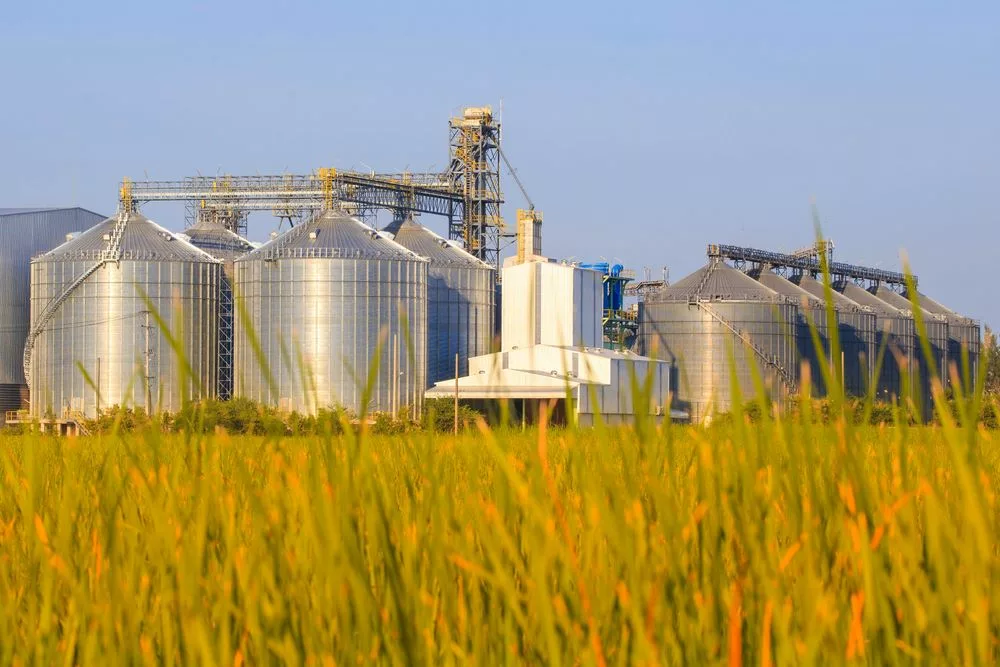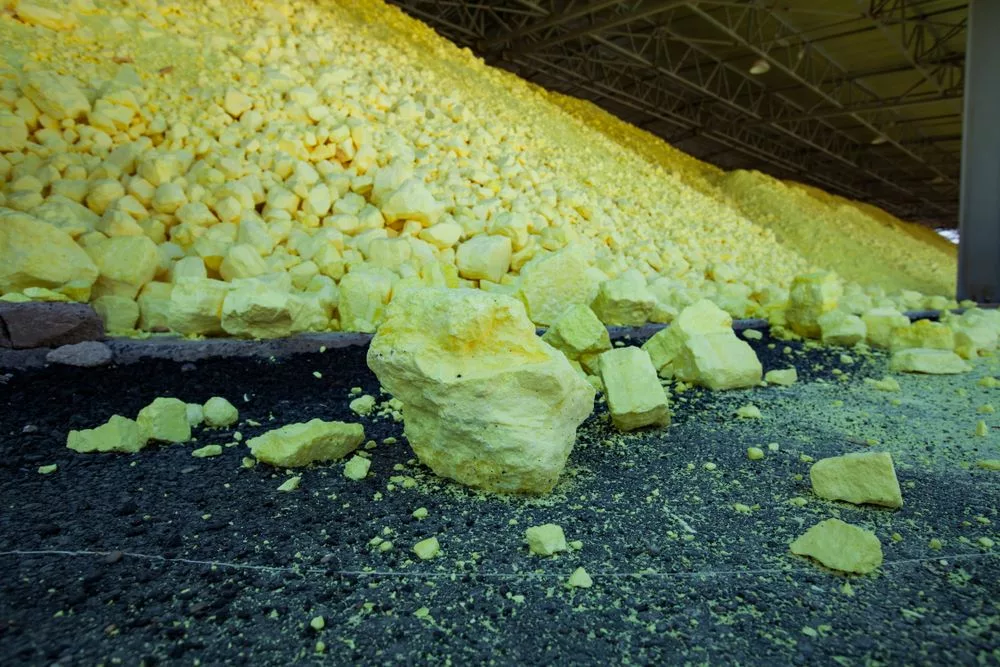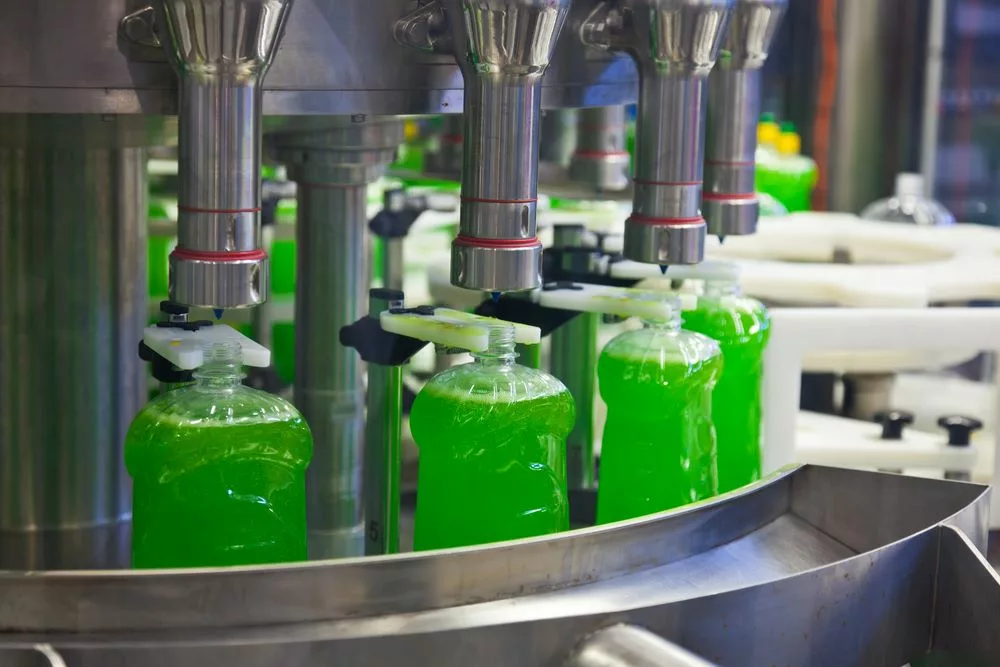Steam turbines are an essential part of South Africa’s energy infrastructure, playing a key role in power generation and other industrial applications. Steam turbines operate by using the energy from high-pressure steam to drive a rotating shaft, which in turn drives a generator that produces electricity.
South Africa has a significant number of coal-fired power plants that use steam turbines to generate electricity. These power plants are operated by Eskom, the state-owned electricity utility, and include the Medupi Power Station, Kusile Power Station, and Kendal Power Station. These power plants have a combined installed capacity of over 16,000 MW and provide the majority of South Africa’s electricity.
In addition to power generation, steam turbines are also used in other industries in South Africa. For example, steam turbines are used in the pulp and paper industry, sugar mills, and petrochemical plants. In these applications, steam is used to power various industrial processes, such as drying, heating, and chemical reactions.
One of the challenges with steam turbines is that they can be relatively inefficient, especially when operating at lower loads. This is because steam turbines have a minimum speed at which they can operate efficiently, and when operating at lower loads, the steam flow rate may not be high enough to reach this minimum speed. To address this issue, some steam turbine systems include a steam bypass system, which allows excess steam to be diverted away from the turbine when the load is low.
Another challenge with steam turbines is their environmental impact, especially in the context of coal-fired power plants. Coal-fired power plants emit large amounts of greenhouse gases, such as carbon dioxide, which contribute to climate change. To address this issue, South Africa has set targets for reducing greenhouse gas emissions, and there is increasing interest in renewable energy sources, such as wind and solar power, which do not rely on fossil fuels.
Despite these challenges, steam turbines remain an important part of South Africa’s energy infrastructure. As the country continues to grow and develop, it will be important to balance the need for reliable and affordable electricity with the need to address environmental concerns. In this context, steam turbines will likely continue to play a key role in South Africa’s energy mix for years to come. Turtle Turbines manufactures and supplies steam turbines from the range of 50kW to 3000kW. For more information please visit www.turtleturbines.com


